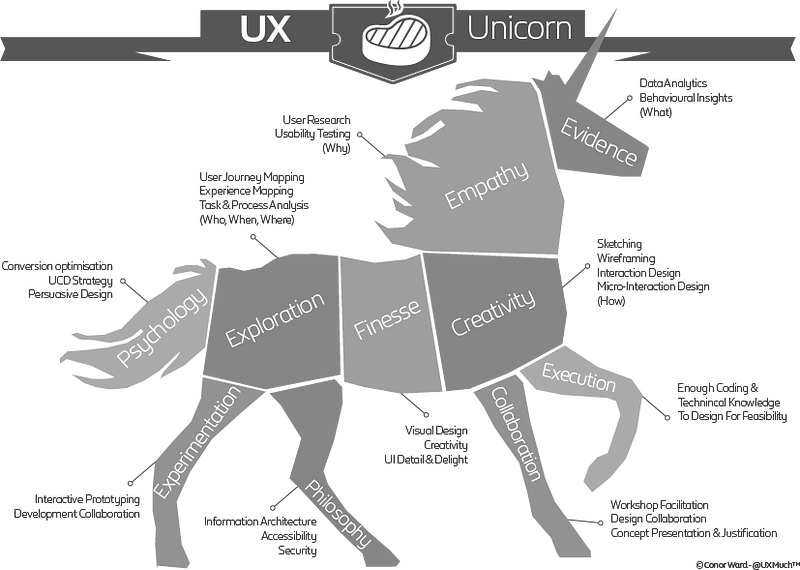UX to LX: The Rise of Learner Experience Design — from edsurge.com by Whitney Kilgore
Excerpt:
Instructional design is now approaching a similar transition. Most student consumers have yet to experience great learning design, but the commoditization of online learning is forcing colleges and universities to think differently about how they construct digital courses. Courseware is enabling the development of new modalities and pedagogical shifts. An abundance of data now enables instructional designers to decode learning patterns. As a result, we are witnessing the growth of a new field: Learner Experience Design.
Parse higher-education job postings and descriptions, and it’s evident that LX design is, as a discipline, among the fastest growing fields in education. But what exactly makes for great learning design, and how can instructional designers ensure they remain competitive in this new era of student-centric education?
…
The transition to digital content has made entirely new layers of student data available. Learners now leave a digital footprint that allows designers to understand how students are interacting with course materials and for how long. LX designers can develop course pathways that connect student challenges to specific sections of content. For the first time, faculty have insights into time on task—before, during and after class. Ready access to student behavior data is helping institutions develop powerful predictive analytics, and LX designers are leading the field to make more and better informed choices on content delivery to help students better understand the critical concepts.
The groundswell of data and learning technology shows no sign of slowing down, and a LX designer’s job will grow more complex alongside it. Learner experience designers must rise to the challenge, so universities can deliver online courses that captivate and resonate with each unique student.
Ten skills you need to be a UX unicorn — from medium.com by Conor Ward
Excerpt:
So if the discipline of UX is not about improving how things LOOK, but instead how they WORK, then of course UX Design includes a multitude of varied deep specialisms and expertise. How could it not?
Well, thats where the mythical part of this discussion comes in, many UX designers out there still believe very strongly (and for good reason) that this multi skilled ‘specialist-generalist’ cannot exist.
They could well be correct in their current circumstances. For example if their company does not work like this, then how could they? Especially if their company is an agency, and their access to users is limited or non-existent.
My own experience is that we must strive towards unicorn-ism. I have created and curated a fantastic team of UX Unicorns (yes a group of unicorns is called a blessing, Google says so) and more importantly together with my colleagues and bosses we have created the environment for them to survive and thrive.

From DSC:
The above two articles get at a piece of what I was trying to relay out at The EvoLLLution.com. And that is, the growing complexities of putting digitally-based materials online — with a high degree of engagement, professionalism, and quality — require the use of specialists. One person simply can’t do it all anymore. In fact, User Experience Designers and Learner Experience Designers are but a couple of the potential players at the table.








